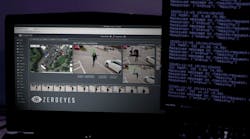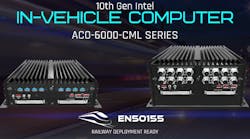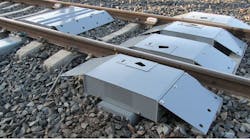Government agencies and industrial-system integrators are becoming aware of the merits of installing vision and imaging systems and are doing so in many applications to replace aging equipment and technologies. They are finding that such systems are saving labor, installation, and equipment costs; shortening test, inspection, and performance times; and improving product yield, accuracy, and reliability. New vision systems are providing marine navigation surveillance, recording the separation of weapons from aircraft, orienting credit-card sheets for shearing, and taking advantage of emerging interface standards for cameras.
To upgrade its patrol, search, and rescue capabilities, as well as enforce international fishing laws, the Norwegian Maritime service is equipping several ships with advanced navigation command, control, and sensor systems. According to contributing editor Larry Curran, the core of these systems is a VME-based radar distribution subsystem that acquires, digitizes, and compresses several radar signals and images and displays them on special command consoles (see p. 25).
New airborne weapons on military combat aircraft require in-flight separation testing to validate them. Government-funded test organizations have long used 16-mm film cameras on wingtips to record weapons separating from the aircraft, but film involved costly developing, processing, and digitizing and lengthy tests. Now, says John Baylouny, vice president and general manager of DRS Photronics, a digital camera imaging system has been implemented as a more efficient alternative to film cameras (see p. 33).
In the manufacture of credit cards, large laminated sheets are formed that exhibit jagged edges. Prior to card cutting, these sheets must be sheared along their outer edges. Reports editor Andrew Wilson, a new automated industrial apparatus combines machine-vision capabilities, precision servomotor control, serial communications, and digital input and output signals to make the edges smooth (see p. 41).
With the increased use of digital cameras, system designers are confronted with the selection of several video interface standards. Among the choices are point-to-point communications with RS-644 and Camera Link interfacing and IEEE-1394 (FireWire) and Fibre Channel for bus-based platforms. This month's Product Focus by editor Andrew Wilson explains the advantages and disadvantages of the available camera interfaces to assist designers in making the proper decision for their applications (see p. 45).
George Kotelly,Editor in Chief
[email protected]




